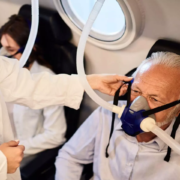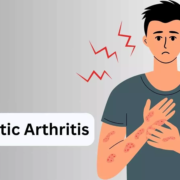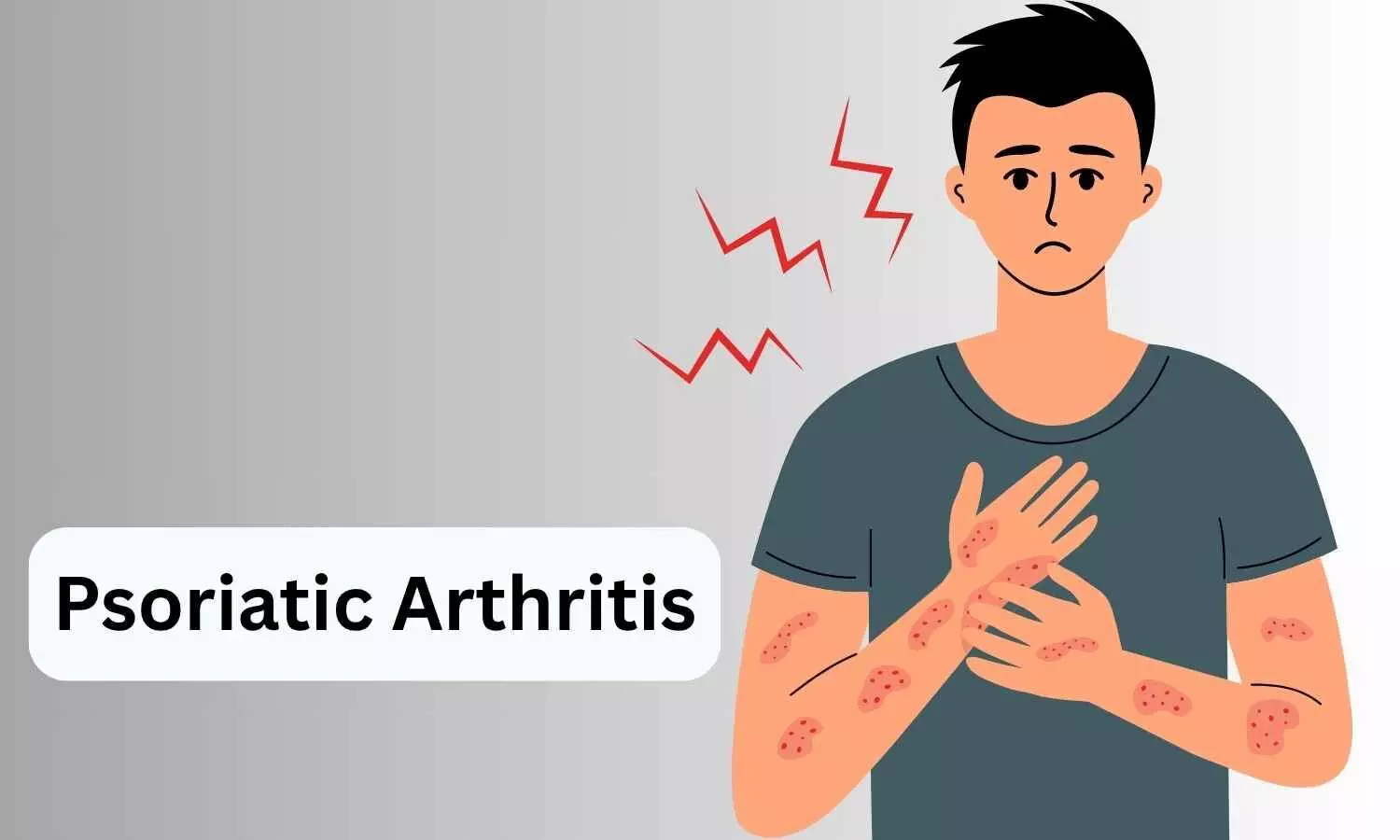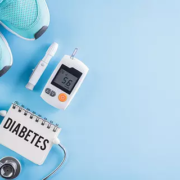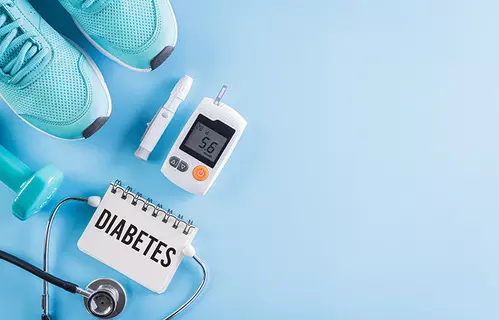Hyperbaric Oxygen Therapy Enhances Hearing Recovery in Sudden Sensorineural Hearing Loss Patients: Study

Researchers found that the application of hyperbaric oxygen therapy (HBOT) in addition to current medical treatment significantly improves hearing gain in the case of sudden sensorineural hearing loss (SSNHL). SSNHL, an acute hearing impairment happening in thousands of individuals each year, is a challenging condition with unclear pathogenesis and variable responsiveness to treatment. The study was recently published in the journal Laryngoscope by Issac L. and colleagues.
Systematic review entailed extensive search on major databases, such as PubMed, EMBASE, CENTRAL, MEDLINE, Google Scholar, Web of Science, and ClinicalTrials.gov, for publications up to May 7, 2025. The review was based on the PRISMA (Preferred Reporting Items for Systematic Reviews and Meta-Analyses) guidelines. Two independent reviewers screened and selected eligible studies and extracted data. Meta-analysis was conducted using a random-effects model to combine odds ratios (ORs) for recovery of hearing.
The review consisted of 20 studies, including 16 randomized controlled trials (RCTs) and four prospective non-randomized studies. A total of 1,087 patients who underwent HBOT and 600 medical therapy alone-treated patients were assessed.
Key Findings
• The meta-analysis consisted of ten studies and demonstrated convincing evidence favoring the application of HBOT in conjunction with MT alone, including steroids.
• Patients treated with HBOT and medical therapy had 2.61 times greater chances of hearing improvement compared to those treated with medical therapy only (OR 2.61, 95% CI 1.86–3.68, p < 0.001).
• Subgroup analysis between HBOT + systemic steroids (SS) and SS alone revealed HBOT was linked with better outcomes (OR 2.54, 95% CI 1.63–3.97, p < 0.001).
• When HBOT + SS + intratympanic steroids (ITS) was contrasted with SS + ITS alone, the probability of recovery of hearing was still significantly higher for the HBOT group (OR 2.64, 95% CI 1.39–5.02, p < 0.001).
• It is highly suggestive of the fact that HBOT improves the effectiveness of both systemic and intratympanic steroid therapy for SSNHL.
This meta-analysis and systematic review came to the conclusion that standard medical therapy supplemented with hyperbaric oxygen therapy significantly enhances hearing outcomes in patients with sudden sensorineural hearing loss. These findings support the inclusion of HBOT in the treatment protocol in suitable patients.
Reference:
Alter, I. L., Hamiter, M., Han, J., Leu, C. S., Usseglio, J., & Lalwani, A. K. (2025). Hyperbaric Oxygen and Sudden Sensorineural Hearing Loss: A Systematic Review and Meta-Analysis. The Laryngoscope, 10.1002/lary.32472. Advance online publication. https://doi.org/10.1002/lary.32472
Powered by WPeMatico

